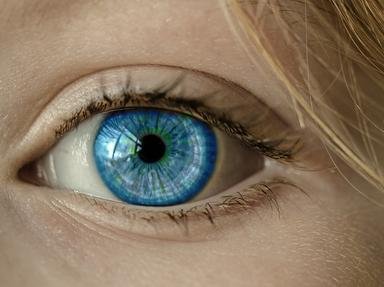Quiz Answer Key and Fun Facts
1. Which of the four lobes of the brain is primarily responsible for vision?
2. Which part of the retinas projects information from the ipsilateral (same side) visual fields to the contralateral (opposite side) hemisphere of the brain?
3. What is the correct order of the primary visual pathway in the brain?
4. Which of the following can a lesion to the primary visual cortex (V1) or optic tract cause?
5. What characterizes the visual impairment known as akinetopsia?
6. Which of the following is a subtype of visual agnosia that is essentially a failure to organize a coherent perception of an object because of a breakdown of object constancy?
7. Which of the following pathway and lobe pairs is the one that is associated with identifying what an object in the enviroment is?
8. In the primary visual cortex (V1) of the brain there are layers that code for only specific visual information. Within layers one and two there are darker areas that are known as blobs. What chemical causes these blobs to be darker?
9. Which of the following is a category specific visual deficit exemplified by the patient being unable to recognize faces?
10. Which of the following degrees of orientation of a stimulus does a simple cell of the visual cortex get most activated by?
Source: Author
schuhmacher
This quiz was reviewed by FunTrivia editor
crisw before going online.
Any errors found in FunTrivia content are routinely corrected through our feedback system.


